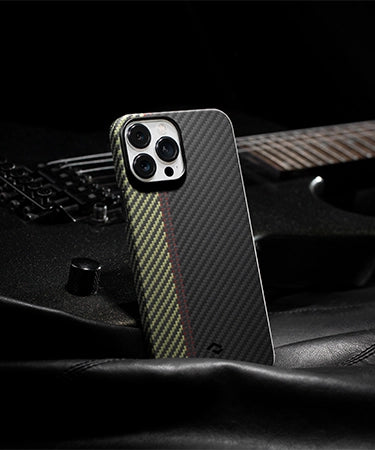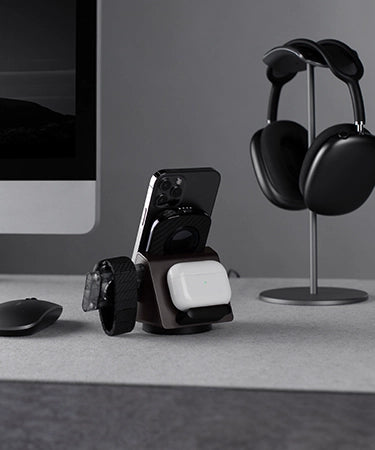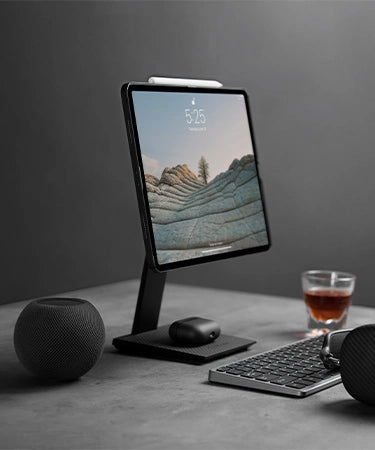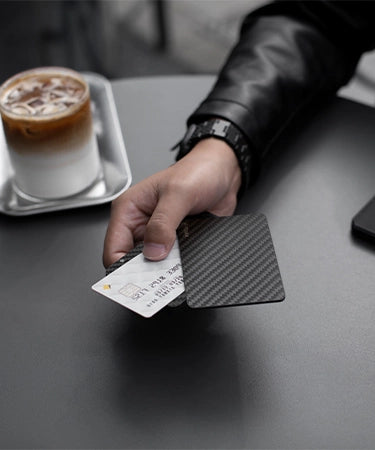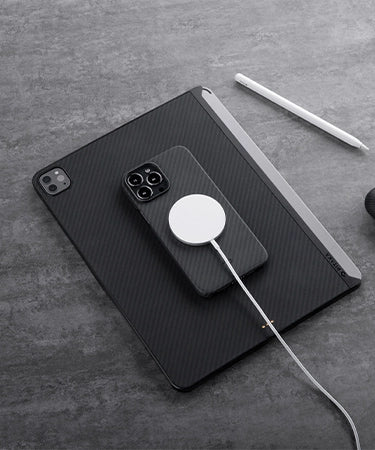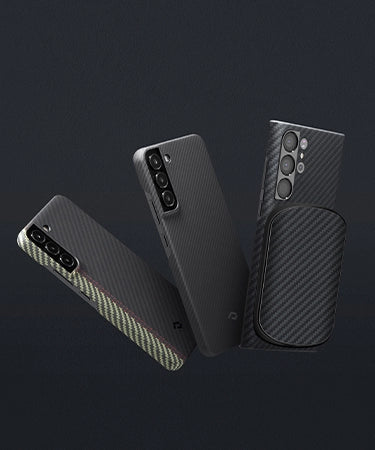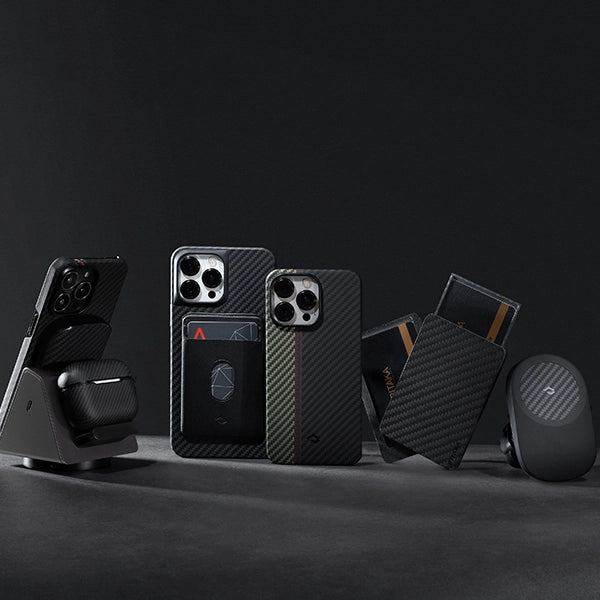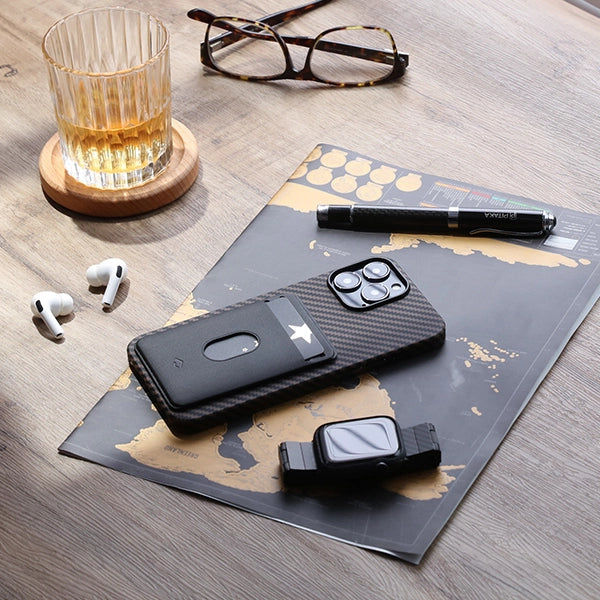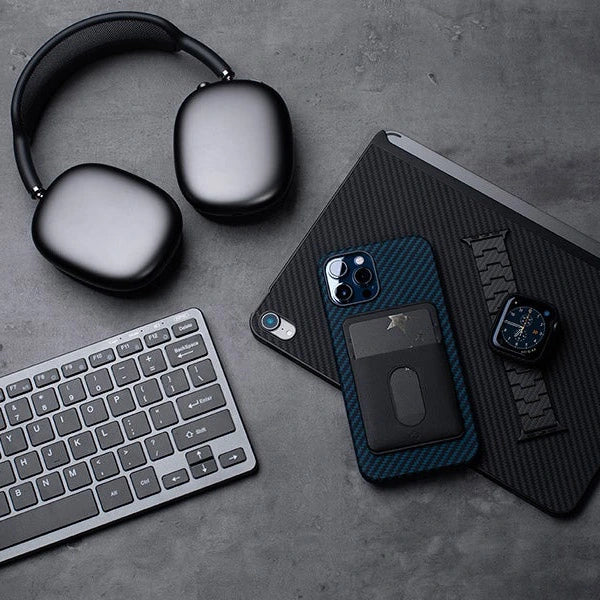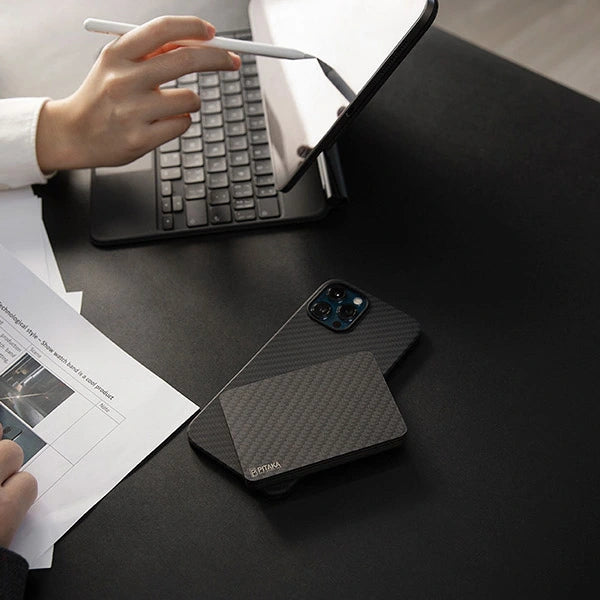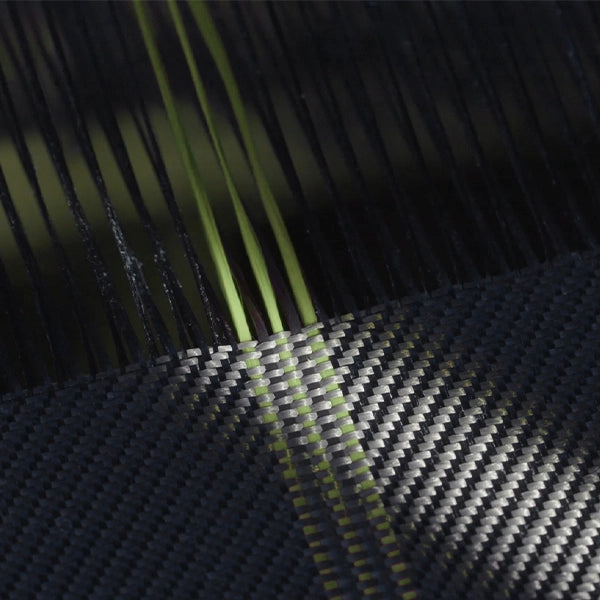
OK, before we start, do yourself a favour and download a good diagnostic app, for iOS, Geekbench 4 from the App Store is pretty good, or for Android, try PhoneCheck from the Play Store. Once you have one, open the app and check out your battery's health.
You might be surprised at what it shows you!
If it's a 100% capacity and the battery is shown to be healthy, congratulations, you have been looking after your battery.
However, if the diagnostic result shows that the battery capacity is less than 100%, or that perhaps it's showing as not healthy even if it charges ok, you might find that your battery drains faster than it should or perhaps it's not holding enough charge. At this point, you can either cross your fingers and hope that everything goes ok with your phone battery, or carry on reading and understand what has happened.
Oh, and for those of you who have a battery with perfect health, it's still worth reading through this article to understand how to prevent your battery life from degrading in the future, isn't it?
1. How does a phone battery work?
You probably already know that all smartphones use a rechargeable battery called lithium-ion, but do you know why that is?
Lithium Ion batteries are very light and hold a considerable amount of charge for their weight, which makes them ideal for mobile devices. Unlike cheaper, simpler batteries, lithium-ion batteries have a built-in electronic controller that regulates how they charge and discharge. This is important as it prevents the battery from overcharging or overheating which in extreme circumstances can cause the battery to catch fire and even explode.
So what's going on in the battery when you charge and discharge it?
Have a look at the GIF below from Explainthatstuff.

A lithium-ion battery has two electrodes, a cathode and an anode, with an electrolyte in between which allows the lithium ions to move between the electrodes: the ions move one way when the battery charges (when it's absorbing power); and move the opposite way when the battery discharges (when it's supplying power).
The battery manufacturer decides how much energy can be stored in the cell, and that determines how much energy you have available to use. According to Dr. Daniel Abraham, senior scientist at the Argonne Laboratory, "The manufacturer decides the upper cut off voltage and the lower cut off voltage, which are fixed, and cells cycle between the two voltage ranges", that's to say, "as long as you choose the voltage range appropriately, you can cycle the cell thousands of times."
2. So, why is your phone battery draining faster than it did before?
Well, it has to do with a number of factors.
1) Your phone battery has a limited number of charging cycles
Manufacturers take a conservative approach and specify the life of a Lithium-ion battery in most consumer products as being between 300 and 500 discharge/charge cycles.

Be careful though, a charge cycle is the process of charging a rechargeable battery and discharging it as required into the attached device. A discharge can vary in depth and there are no clearly defined standards as to what actually constitutes a cycle.
Take Apple's Battery Service and Recycling as an example, the iPhone battery is designed to retain up to 80% of its original capacity after 500 complete charge cycles. That means, each battery has a certain number of charge cycles and then it is going to start to degrade once it reaches the charge cycle limit.
Hang on though, if that's the case, why did the Dr. Daniel Abraham say that "you can cycle the cell thousands of times"?
Well, there are also several other factors to consider when using a Lithium-ion battery in a device.
2) Your phone battery is better being charged under a certain voltage
Overcharging or a high charge voltage can be extremely harmful to the battery and it can reduce the number of cycles. For most Lithium-ion batteries, a voltage above 4.10V/cell is deemed as high voltage. Have a look at the following data sheet showing a battery test made by the BatteryUniversity.
 test conducted by the batteryUniversity
test conducted by the batteryUniversityAs you can see, when the charge level is 4.20V/cell, the available stored energy is noted at 100% and the number of cycles is 300-500 which is a typical number stated by the manufacturer. However, each time the peak charge voltage is reduced by 0.10V/cell, you can see that the number of discharge cycles is doubled along with a reduction in the available stored energy, whereas an increase of 0.10V/cell halves the number of discharge cycles and increases the available stored energy.
So how do you know if it's a high voltage? Normally the voltage goes up slowly along with lithium battery's charge, the more it charges the higher your battery voltage is.
3) The depth of discharge in your phone is important
Battery lifetime actually increases when the depth of discharge (DoD) or the amount that the battery is drained down to, is reduced. To be specific, a 50% DoD is better than 100% as it reduces stress to your battery. So, from this we can say that it's better not to deep discharge your phone or the life of your battery might be shortened sooner than you'd like.
 test conducted by the batteryUniversity
test conducted by the batteryUniversity4) High temperature really matters
BatteryUniversity has also highlighted how the Lithium-ion batteries in our smartphones are also very susceptible to 'stress', including any elevation in temperature.

They conducted a number of tests to understand how the batteries would fair when they are stored at various temperatures. As you can see, if the temperature remains at 40°C (for 1 year) the battery capacity is higher than when it's kept at 60°C (for just 3 months).
Now, this is a laboratory test, designed to test under exacting conditions, but have a thought about how your smartphone's battery has to endure temperature changes when it's left in the sunlight, or you play a game on the phone and it gets very hot.
Are there any other factors?
Yes, the battery capacity and charging speeds can affect the battery too, for example, the bigger the battery capacity, the longer you have to charge your phone.
Fast charging enables you to spend less time topping up your phone, but this will also contribute to shortening the battery life if it is frequently used.
3. A few tips to prolong your battery life
Ok, so there are a lot of factors that can shorten the life of your battery, but do not worry, I have a few essential tips for you to stop this from happening.
A) Keeping 50%-80% battery capacity is better.
Li-ion does not need to be fully charged or fully discharged. It's better to plug it in before the capacity drops to 50% and unplug when it reaches 80%. The PCM (Protection Circuit Module) in your phone will control the charging voltage so that the maximum charging voltage and the temperature is never exceeded, but it's always good to keep the battery in this voltage range.
It's also important to keep the battery at around 40% charge if you are storing it away or if you plan on sending it to someone. Keeping it at 40% means that it has less stored energy, which is safer for transporting, and it also minimizes any age-related capacity loss that might occur.

B) Mind the high temperature
Heat is the biggest killer of the battery, and it's easy for us to feel it, so be warned and don't fry your battery. This is at the top of the list for my important tips, if your phone gets too hot, let it cool down, try not to let it stay hot. If you do nothing else on my list, try to make sure that your phone does not get hot too often; you'll thank me for it later on, honestly.
C) Charge your phone whenever you can
Charging your phone when it loses 10 percent of its charge is the best scenario according to Battery University. But this is not very practical for most of us, not to worry though, just keep it connected to a power source whenever you can.

D) Charge with a wireless charger
A good wireless charger that enables you to charge whenever you put down your phone is ideal.
But why is that?
Before we delve into this, it's important to clarify that wireless charging doesn't affect the life of your phone battery. I covered this in detail in my previous article Does Wireless Charging Affect the Life of your Smart Phone Battery? The Answer is No!, in fact, it has some potential benefits under certain circumstances.
Menno Treffers, chairman of the Wireless Power Consortium, has stated that "continually topping up the phone battery during the day, as you might do with wireless charging, and not letting your phone battery dip below 50%, will actually increase the lifespan of your battery", not to mention how convenient it is. And I am sure that this is an important reason why wireless charging has taken off and gained an increasingly larger market share in such a short space of time.
That's also the reason why PITAKA developed the MagEZ Mount Qi for those who want to effortlessly charge their phone battery any time by simply placing their phone on either of them.
The MagEZ Mount Qi is a very successful car dock from the PITAKA range, and it provides a number of key features as well as wireless charging when it is paired with the PITAKA MagEZ Case.

The Bottom Line
I think you'll agree with me that phone battery problems can be really annoying especially if you don't know why.
But now you do, now you know that there are a number of very specific reasons why your battery's capacity can deteriorate, the charge voltage, the depth of discharge, the limited number of cycles, the temperature, charging speeds, etc.
But if you develop good charging habits such as keeping your phone charged when you could, making sure that your phone stays cool whenever you can, leaving the battery capacity between 50% - 80% and not forgetting a good wireless charger, you could prolong the life of your phone's battery significantly.
PITAKA is committed to providing a range of state-of-the-art products and its wireless charger MagEZ Mount Qi has been welcomed by lots of consumers since the day it was released for its hands-free design and convenient charging experience.
If you are looking to improve your phone's battery performance, it's important to understand how to look after your phone, and a wireless charger like the MagEZ Mount Qi will do you a big favor.
Take a look, you will not regret it!
